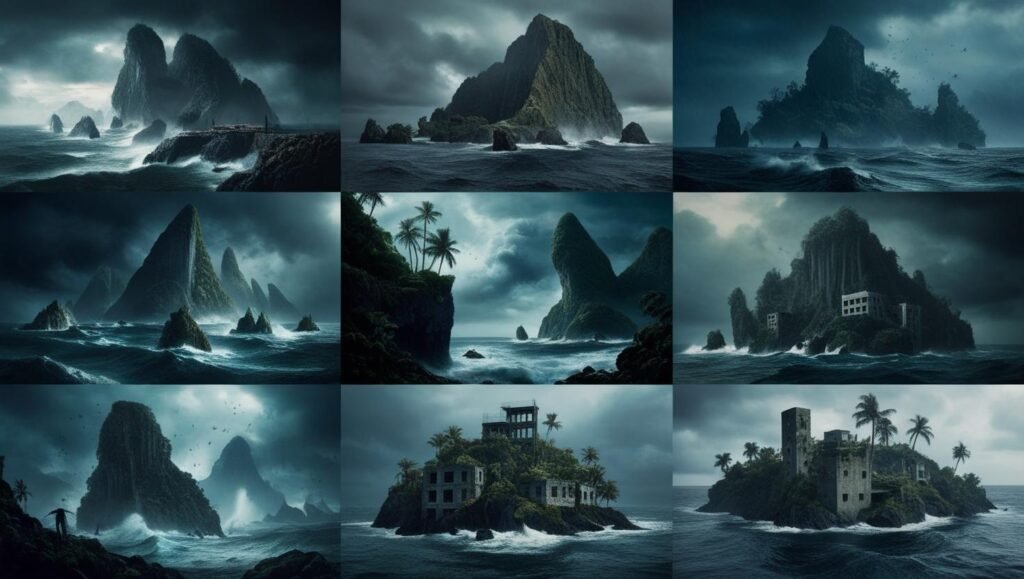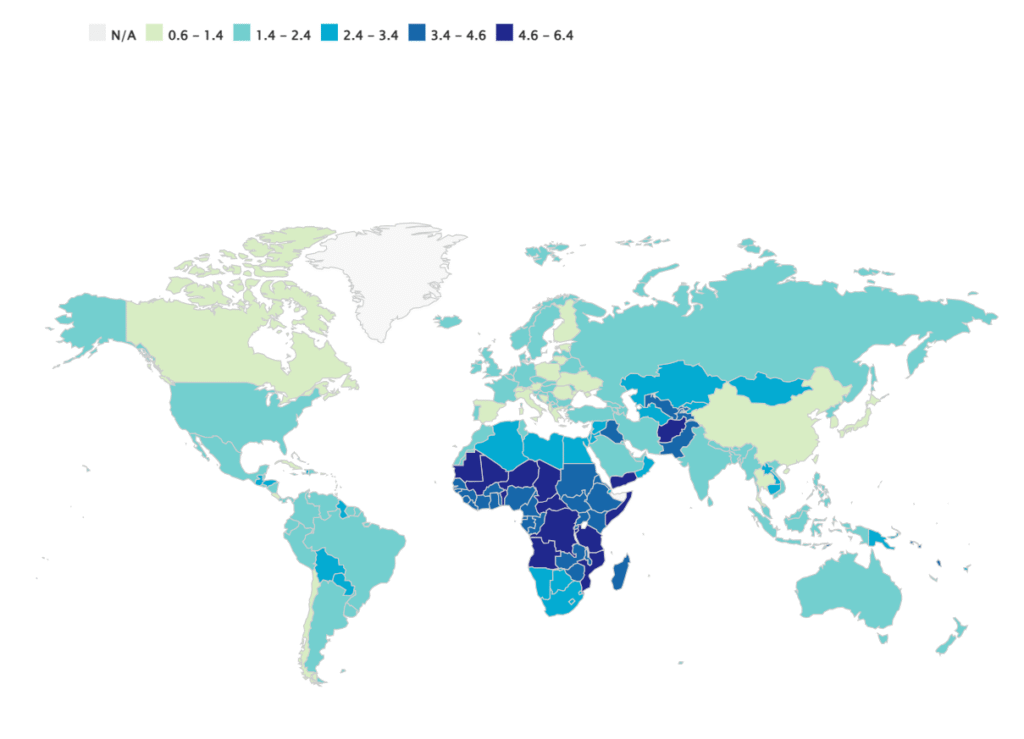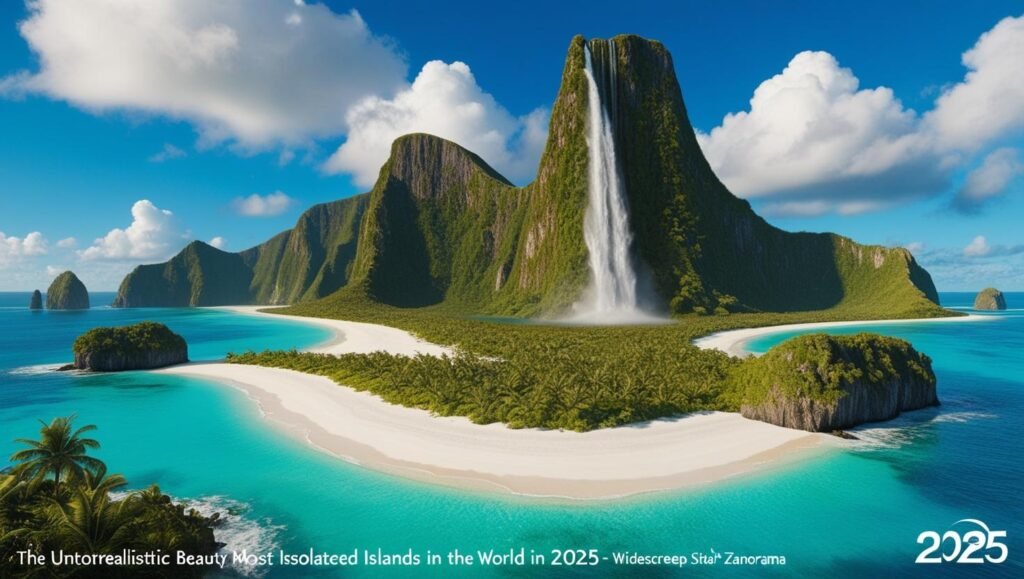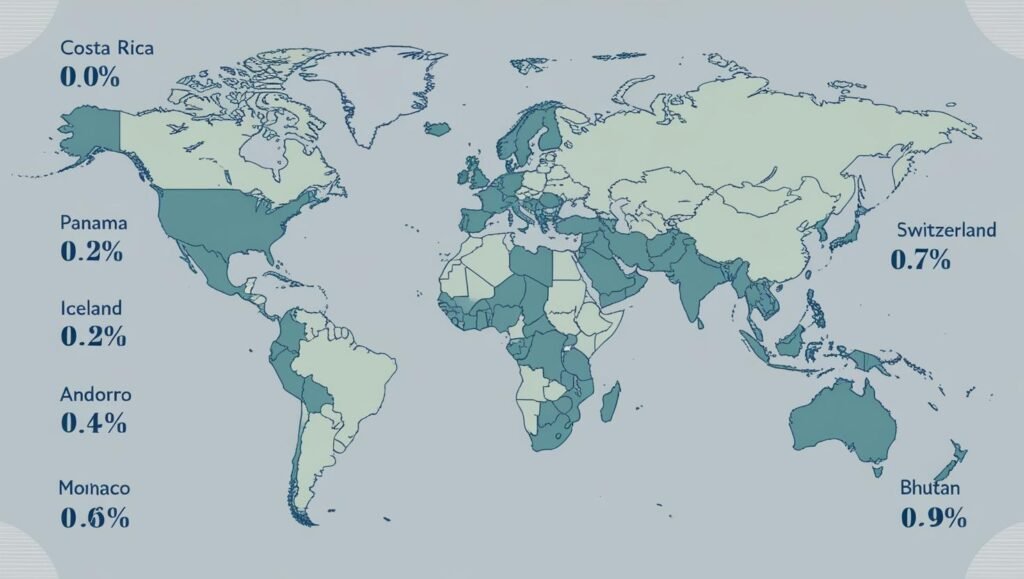May 2025
Islands are often seen as idyllic escapes — pristine beaches, turquoise waters, and tranquil vibes. But some islands around the world carry a more ominous reputation, where danger lurks beneath the beauty. Whether due to natural hazards, wildlife, or political instability, these islands pose serious risks to visitors.
If you’re a thrill-seeker or planning your next vacation, here’s a look at the most dangerous islands to visit in 2025 and why you might want to think twice before setting foot on them.
- North Sentinel Island, India: The Forbidden Island
Located in the Bay of Bengal, North Sentinel Island is home to the Sentinelese tribe — one of the last uncontacted peoples on Earth. The Indian government strictly prohibits visitors to protect the tribe and avoid conflict.
Why it’s dangerous: The Sentinelese are hostile to outsiders, and any attempt to land there can provoke violent attacks. The island’s dense forest and rough seas add to the peril.
🚫 Visitors: Strictly forbidden by law
- Ilha da Queimada Grande, Brazil: Snake Island
Off Brazil’s coast lies Snake Island, famous for its incredibly high population of golden lancehead pit vipers — some of the deadliest snakes in the world.
Why it’s dangerous: The venom of these snakes can be fatal. The island is so hazardous that the Brazilian government restricts visits and only allows authorized researchers.
🐍 Venomous snakes estimated at 1 snake per square meter
- Iwo Jima, Japan: Active Volcano and Military History
This small volcanic island in the Pacific Ocean is known for its World War II battle history and its still-active volcano.
Why it’s dangerous: Ongoing volcanic activity, toxic gases, and restricted military zones make access highly risky and limited.
⚠️ Visitors: Permits required, with many restrictions
- Fraser Island, Australia: Natural Beauty with Deadly Hazards
The world’s largest sand island, Fraser Island is renowned for its stunning lakes and rainforests but hides dangerous wildlife and natural traps.
Why it’s dangerous: Saltwater crocodiles inhabit its waterways, and strong currents in coastal waters have caused numerous drowning incidents.
⚠️ Caution advised when swimming or exploring
- Surtsey, Iceland: The Youngest Volcanic Island
Formed by a volcanic eruption in the 1960s, Surtsey remains a protected natural laboratory.
Why it’s dangerous: Its volcanic activity and fragile ecosystem mean it’s off-limits to the public to preserve its environment and ensure visitor safety.
🌋 Volcanic eruptions continue to shape the island
What Makes These Islands So Dangerous?
Hostile inhabitants: Some islands are home to isolated tribes protective of their lands.
Deadly wildlife: Venomous snakes, crocodiles, and other predators can pose fatal threats.
Natural disasters: Volcanic eruptions, tsunamis, and rough seas create unpredictable hazards.
Restricted access: Political and military zones limit safe visitation.
Should You Visit These Islands?
For the average traveler, these islands are best admired from afar. While their mystery and beauty attract curiosity, the risks are real and often fatal. Adventure seekers and researchers who visit do so under strict guidelines and with expert supervision.
Key Takeaways:
Respect local laws and restrictions — many dangerous islands are protected for a reason.
Safety first: Never attempt unauthorized visits.
Learn before you travel: Research the destination’s risks thoroughly.
Final Thoughts
Dangerous islands remind us that the world holds both breathtaking beauty and serious risk. If your heart yearns for adventure, there are many safe and exciting destinations to explore. When it comes to these perilous islands, caution and respect for nature and indigenous peoples are paramount.
Note: This article is based on publicly available information as of May 2025. For the most current updates, please refer to official government releases and international news outlets.




